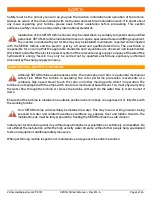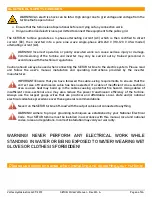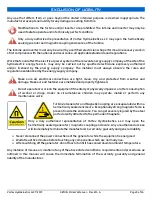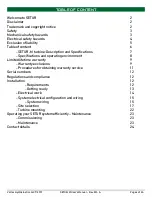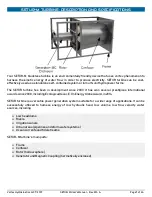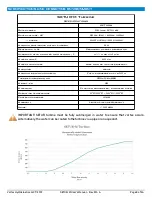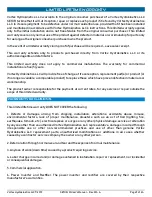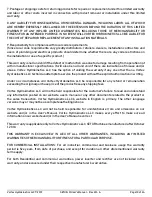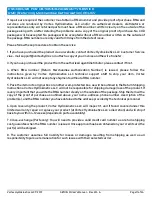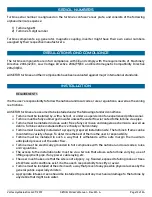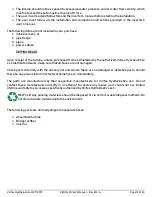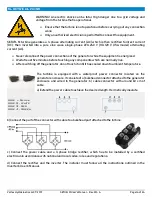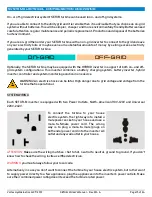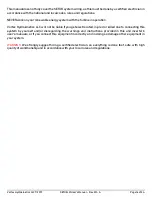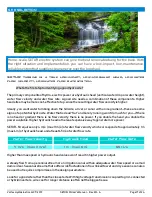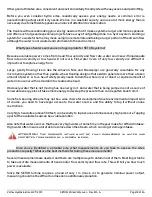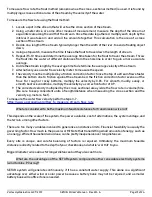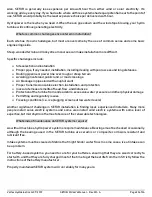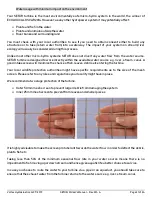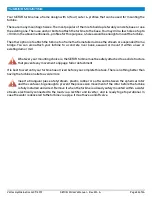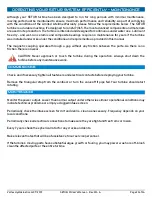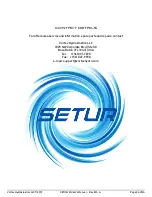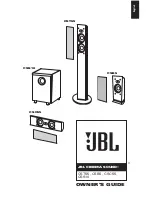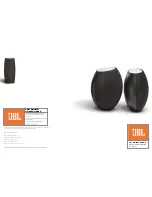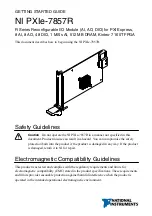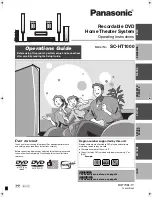
SITE SELECTION
Home-scale SETUR electric system can give the best renewable bang for the buck. With
the right situation and implementation, you can have a low-impact, low-maintenance,
reliable system that supplies clean energy over the long haul.
SETUR turbine is a true low-impact, low-hydraulic head, low-water
flow velocity, low-water flow rate system.
What’s the first step to identifying a good hydro site?
The primary components of hydro-electric power are hydraulic head (vertical water drop or water height),
water flow velocity and water flow rate. A good site needs a combination of these components. Higher
head sites may be more cost-effective to tap, since the resulting water flow velocity is higher.
Ideally, you want water tumbling down the hillside, a river or canal with a nice gradient—these are some
signs of a potential hydro site. Water that is dead “flat” and barely running won’t do much for you—if there
is no head or gradient there is no flow velocity, there is no power. If you double the head, you double the
power available. Higher hydraulic head is the least expensive way to generate more power.
SETUR-M requires only 4 m/s (max 11 m/s) of water flow velocity which corresponds to approximately 1 m
(max 6 m) of hydraulic head, and at least 65 l/s of water flow rate.
Water Flow Velocity
Hydraulic Head
Water Flow Rate
4 m/s (max 11 m/s)
1 m (max 6 m)
65+ l/s
Higher than max speed or hydraulic head values won't result in higher power output.
A steady flow from a perennial stream or an irrigation canal with an adequate water flow speed or a small
dam is ideal. Seasonal streams that suffer wide fluctuations in flow linked to wet and dry seasons can also
be used, but require compromises in the design parameters.
Look for a good site rather than the closest site. With high voltage transmission coupled to grid-connected
or hybrid inverters, wire cost for longer distance is often not the biggest issue.
Vortex Hydrokinetics LLC © 2019
SETUR-M User's Manual - Rev. 2M-A
Page 17 of 24

